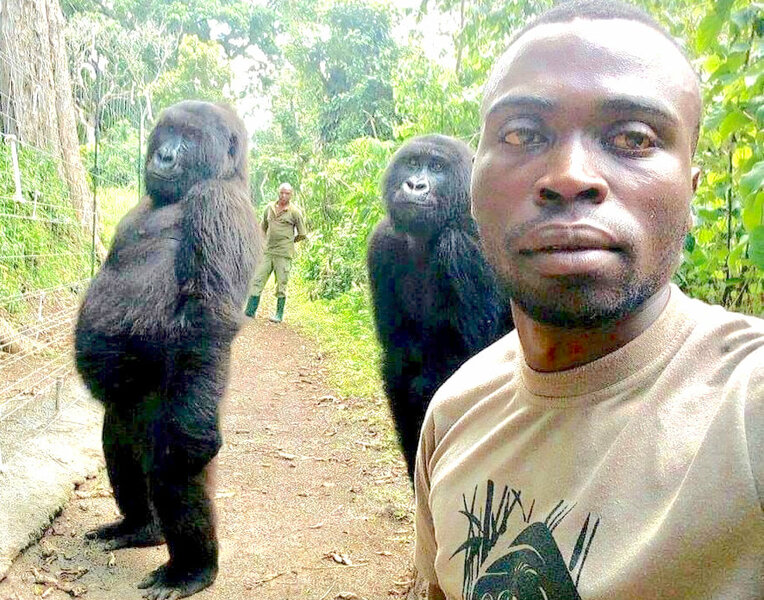Saving biodiversity with a note of harmony
Loading...
In mid-November, the Democratic Republic of Congo took a step toward saving the world’s second largest tropical forest – and the world’s largest carbon sink. The country approved a law recognizing the Pygmies as a distinct people with greater control over their traditional lands in the Congo Basin forests. While the law grants rights for this Indigenous people, it also sets a model for saving the planet.
The Pygmies, whose population may be as high as 1.2 million, learned long ago how to protect one of the world’s most biodiverse forests. Their lifestyle, culture, and spiritual identity are intrinsically linked to living in harmony with plants and animals, according to Marine Gauthier, an expert on rights-based habitat governance. One of their ancient customs, for example, forbids Pygmies from entering “hidden places where animals come to heal.”
The law is yet another example of progress in many countries leading up to the largest global conference on preserving biological diversity. The conference, which starts Dec. 7 in Montreal, will be the 15th such gathering focused on implementing a 1993 treaty aimed at protecting wildlife and plants. The previous meeting was 12 years ago.
This conference, says head Elizabeth Mrema, could be “the last chance” to head off mass extinction of many species by having countries adopt practices in harmony with nature. Perhaps the most important outcome would be agreement on a proposal to protect 30% of land and sea by 2030 (known as 30x30). Only about 17% of land and 7% of oceans are currently protected.
At least 112 of the 196 countries attending the conference support the goal of limiting human encroachment on nearly a third of the planet. If approved, the plan could be similar to a major global agreement on climate change set in Paris in 2015.
Details on how to measure and monitor the 30x30 plan still must be worked out. And Ms. Mrema says any agreement must safeguard the rights of Indigenous peoples. An estimated 80% of the world’s remaining biodiversity is in their traditional lands. Their customs in eco-preservation are also worth saving.
If nations at the conference find agreement on a doable plan to protect biodiversity, it will reflect the intrinsic harmony found in much of nature – and among many Indigenous peoples.
At their previous gathering in 2010, nations set a goal of “living in harmony with nature by 2050.” The world can get a head start by letting nature be nature on a third of the Earth.







